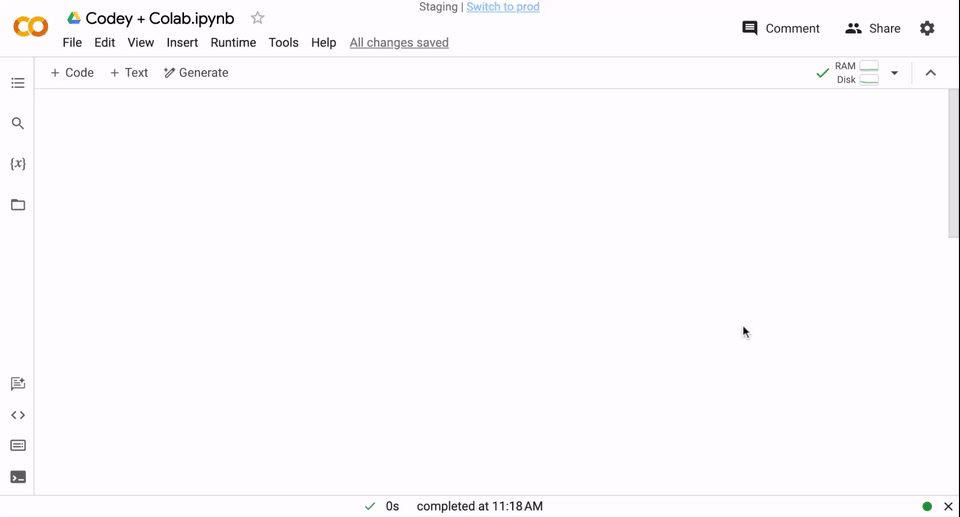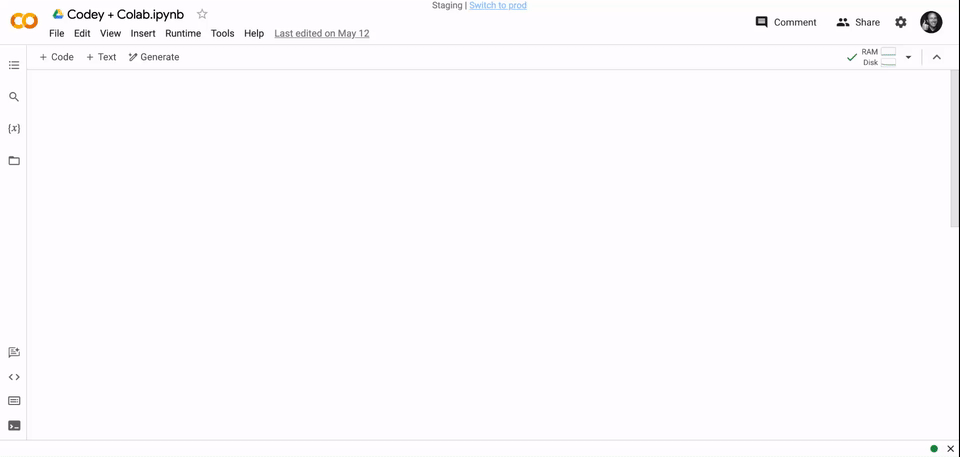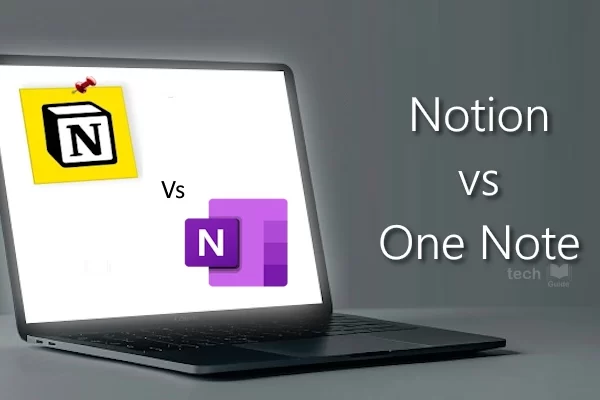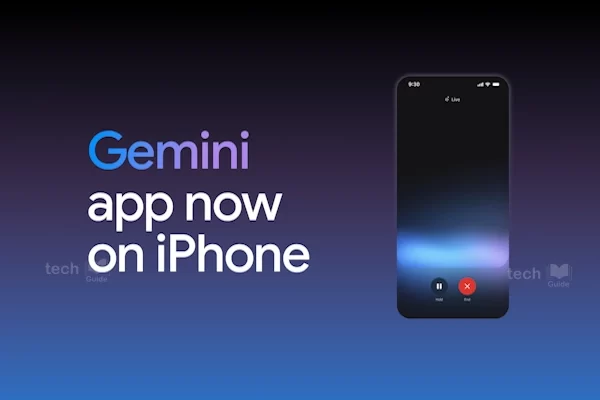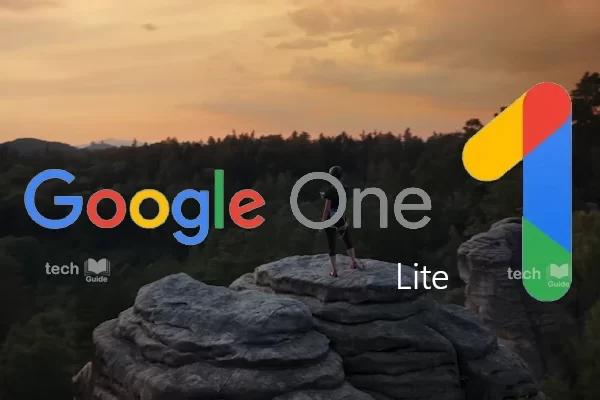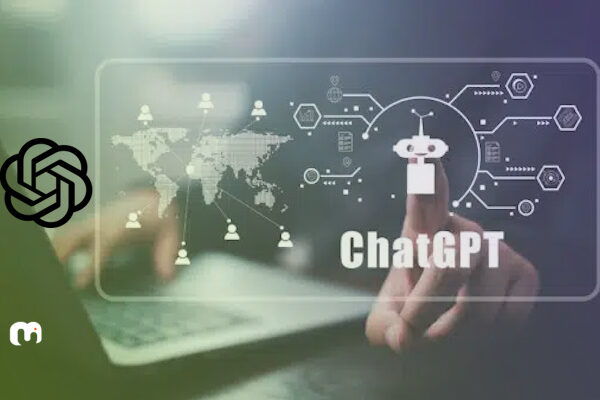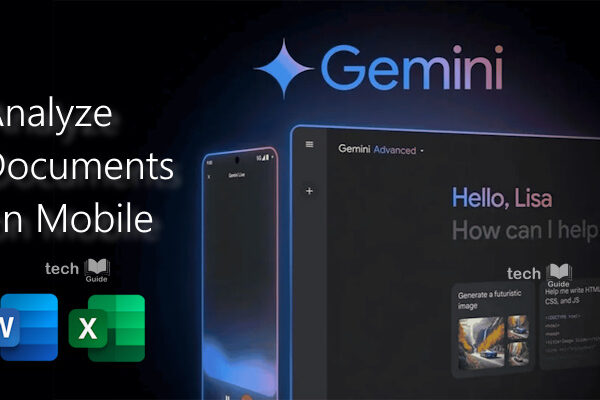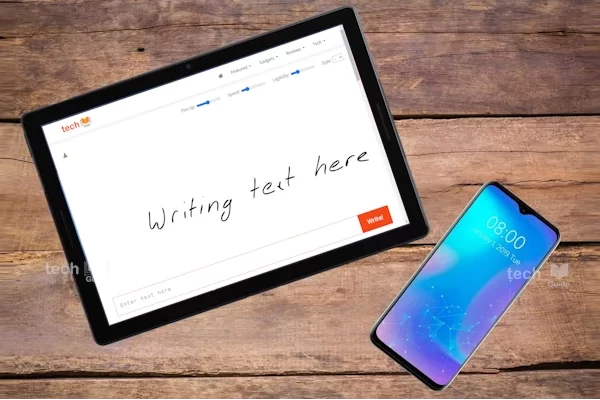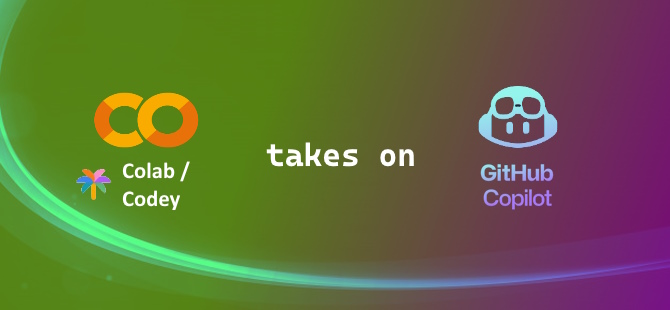
Google Colab will soon introduce AI coding features using Google’s most advanced family of code models, Codey.
At I/O 2023, Google announced Codey as a “family of code models built on PaLM 2 and it’s soon coming to Google Colab. Currently Codey in Colab has been “customized especially for Python and for Colab-specific uses. Google says, Codey is “fine-tuned on a large dataset of high quality, permissively licensed code from external sources to improve performance on coding tasks”.
CoLab exists since 2017, and it is a mature tool. Offers Jupyter notebooks hosted on the cloud so that developers can write and execute code in Python directly in the browser without downloading any additional software. While it is free to use, Google offers multiple payment tiers in case your code is compute-intensive and cannot run sufficiently well on the free tier.
Google will give it a boost by offering AI-assisted programming capabilities similar to Microsoft’s GitHub Copilot. Colab will leverage the code models offered by Codey to facilitate code generation and completion capabilities. The initial release will prioritize code generation based on natural language prompts. Developers will be able to use the “Generate” button in their Colab notebook to write a prompt and generate code.
A conversational interface is available as well, I mean the integrated chatbot will allow you to ask specific questions about the code and other use cases, like “How do I import data from Google Sheets?”
Codey in Colab will only be available in United States for paid customers “in the coming months.” Google plans to expand it later to the free tier, as well as more countries. You can also find Codey today in Google Cloud as a preview.
Although Google Bard can write code too, Google now seems to be following in the footsteps of Microsoft by launching AI-powered pair programming features in Colab, likely to compete against Microsoft. Though it is free, Colab is still lagging far behind in what it can do.
Whatever the case, Google’s intent is obvious, and it wants to compete with Microsoft in the AI-assisted programming arena, therefore the logical next step may be to provide support for many more programming languages and IDE integrations.
Thanks for Reading. Stay Tuned!

Look forward to connecting with you!
Finally, “subscribe” to my newsletter, so that you get notified every time when I publish.
Check out some of my videos here, and do subscribe to my channel.

